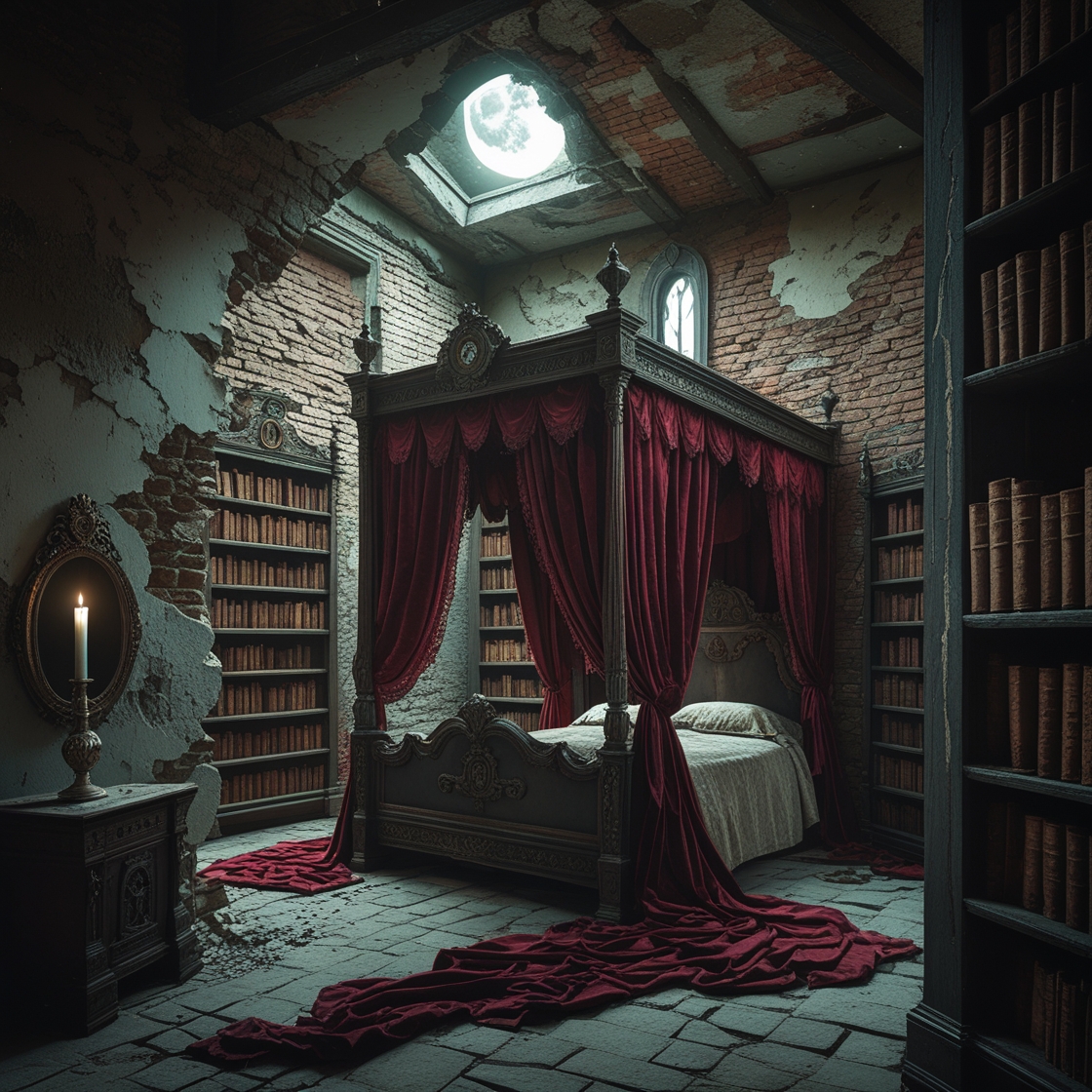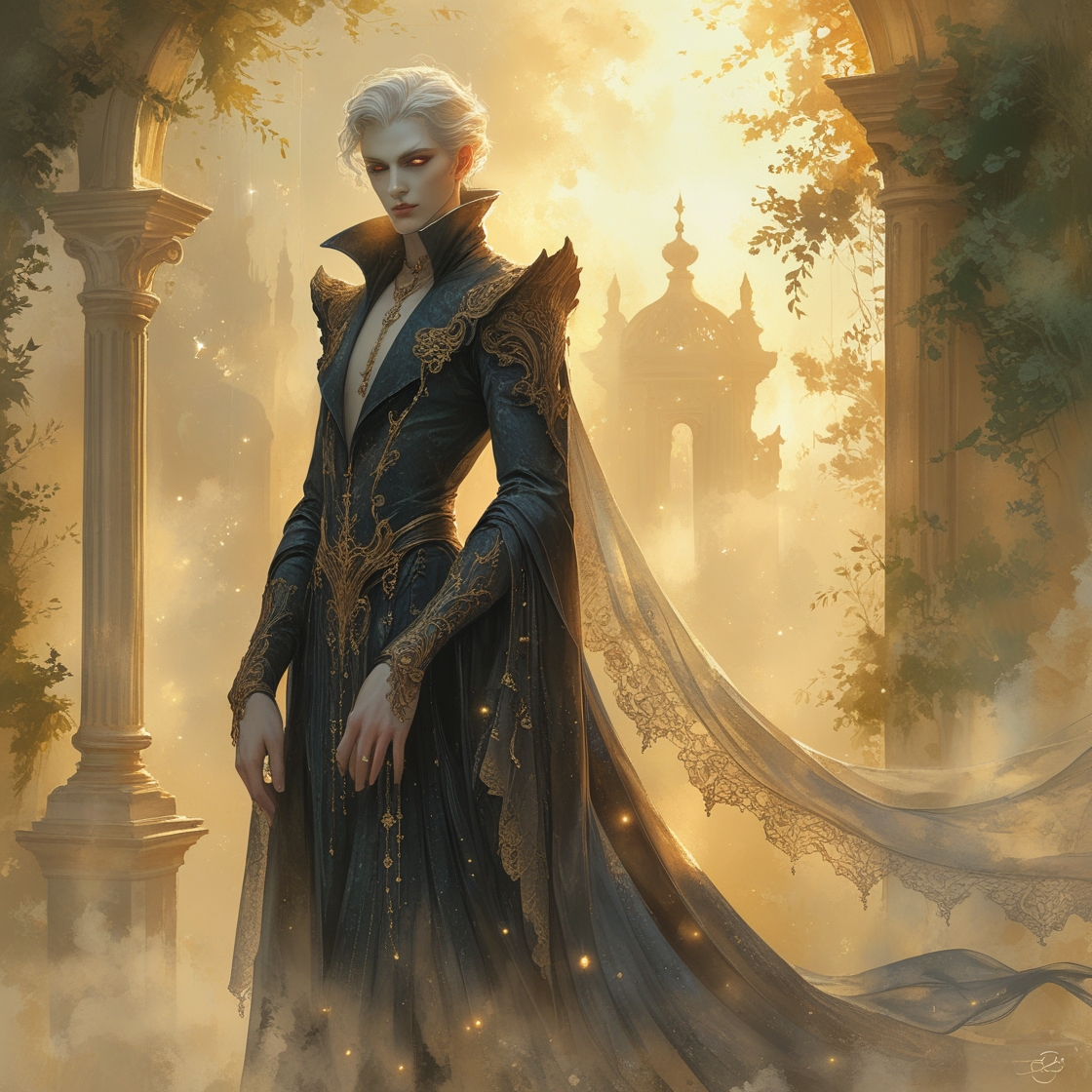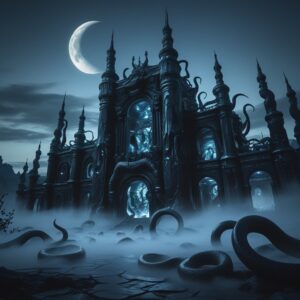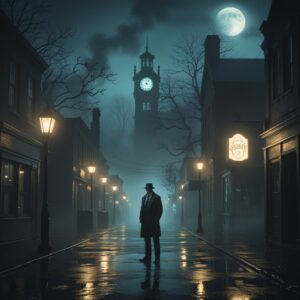The Room Behind the Wall
Sure — here’s a long, atmospheric story about a secret room. Settle in:
The Room Behind the Wall
For as long as Evelyn could remember, her grandmother’s house had been a place of mystery. The towering Victorian structure sat at the end of a long, tree-lined road in a forgotten corner of the countryside, shrouded in mist and ivy. It was a house where the wind always seemed to whisper through the eaves, where floorboards groaned under the weight of unseen footsteps, and where each room held the lingering scent of old books, dried flowers, and memories.
Evelyn had spent every summer there as a child. She knew the creaky staircases, the faded wallpaper with its intricate floral designs, and the way the attic door never quite shut properly. Yet, there was one part of the house she’d never truly understood — the east wing.
The east wing was sealed.
Its heavy oak doors were always locked, with an iron latch that looked older than the house itself. When Evelyn asked her grandmother about it, the old woman would merely smile, her pale blue eyes gleaming with something unreadable.
“Some doors are better left closed, my dear.”
It became a game, then. As a child, Evelyn would press her ear to the cold wood, straining to hear something — a sigh, a shuffle, a distant thud — but there was only silence. She even tried to find a key, once, searching through every drawer and dusty corner of the house, but it was as if the key had never existed.
As the years passed, Evelyn grew older, and the allure of the sealed wing faded into a half-forgotten curiosity.
Until the night her grandmother died.
The funeral was quiet, attended by a scattering of distant relatives and a few villagers who remembered the old woman’s formidable presence. Evelyn inherited the house, as the only remaining family. When she returned to it alone, the building felt different — heavier somehow, as if it was waiting.
It was on the third night, after an evening of sorting through old letters and yellowed photographs, that Evelyn noticed it.
A draft.
Not the ordinary kind that slipped through ancient window frames or under doors, but one that seemed to exhale from the very walls themselves. She followed it, her candle flickering against the darkness, until she stood once more before the east wing doors.
The latch was gone.
Evelyn’s pulse quickened. She pushed, half-expecting resistance, but the door creaked open easily. Beyond lay a long, narrow hallway choked with dust and cobwebs. The air was thick, tasting of stone and forgotten things. Her candle cast strange shadows on the faded portraits lining the walls — faces she did not recognize, though there was something oddly familiar in their gaze.
At the end of the hall was another door, smaller, painted a deep crimson that had long since faded to a rusted maroon. It bore no lock, only a tarnished brass handle. Evelyn hesitated, the old words of her grandmother echoing in her mind.
Some doors are better left closed.
But she turned the handle anyway.
The room beyond was small, square, and empty — at first glance. The candle’s light revealed bare stone walls, a single narrow window, and a worn rug covering the floor. But it was the far wall that caught her attention.
It wasn’t like the others.
A section of it appeared newer, the stones cleaner, the mortar a different shade. Evelyn stepped closer, raising a hand to touch it. The wall felt cold, unnaturally so, and when she pressed against a particular stone, it shifted.
There was a click.
A seam appeared, and the wall opened inward with a slow, reluctant groan, revealing a hidden chamber beyond.
It was a library. Or perhaps a study. Shelves lined every surface, sagging beneath the weight of leather-bound books whose titles shimmered in the candlelight — books in languages she did not know, with spines embossed in symbols that seemed to shift when she wasn’t looking directly at them.
In the center of the room stood a writing desk, and on it, a single book lay open.
Evelyn approached, the fine hairs on her arms rising. The book’s pages were yellowed, the ink a deep crimson that might have been ink, or something else. It was a ledger of sorts, filled with names and dates.
And then she saw it.
Her name.
Evelyn Margaret Hale. Written in precise, looping script, with today’s date beside it.
A chill raced down her spine. She turned the page, heart pounding.
There were entries stretching back centuries. Every name belonged to a woman. At the bottom of each page was a brief, ominous phrase:
“The keeper endures. The keeper remembers.”
A movement caught her eye. In the corner of the room, a shadow detached itself from the darkness. A figure stood there — her grandmother.
Or something that had once been her grandmother.
The figure’s face was lined and ancient, yet ageless, her eyes now a deep, inhuman black.
“You opened the door,” the figure whispered. “You are the keeper now.”
Evelyn wanted to run, to scream, but her feet felt rooted to the stone floor. The figure stepped forward, placing a cold, translucent hand over Evelyn’s heart.
Pain lanced through her, and a rush of memories not her own flooded her mind — centuries of names, faces, births, and deaths. Secrets too terrible to speak. Evelyn staggered, gasping, as the figure began to fade.
“You must remember,” came the final words, barely a whisper.
And then Evelyn was alone.
The next morning, a villager passing by would swear the house looked different — older somehow, as if time had claimed it a little more in the night. And in the east wing, the crimson door was once again locked, the latch heavy and cold.
Inside the hidden chamber, a new entry had been written in the ledger.
And Evelyn, now the keeper, waited in the shadows for the next curious soul who would one day open a door best left closed.
Would you like me to write a sequel or another story in a different style?














إرسال التعليق